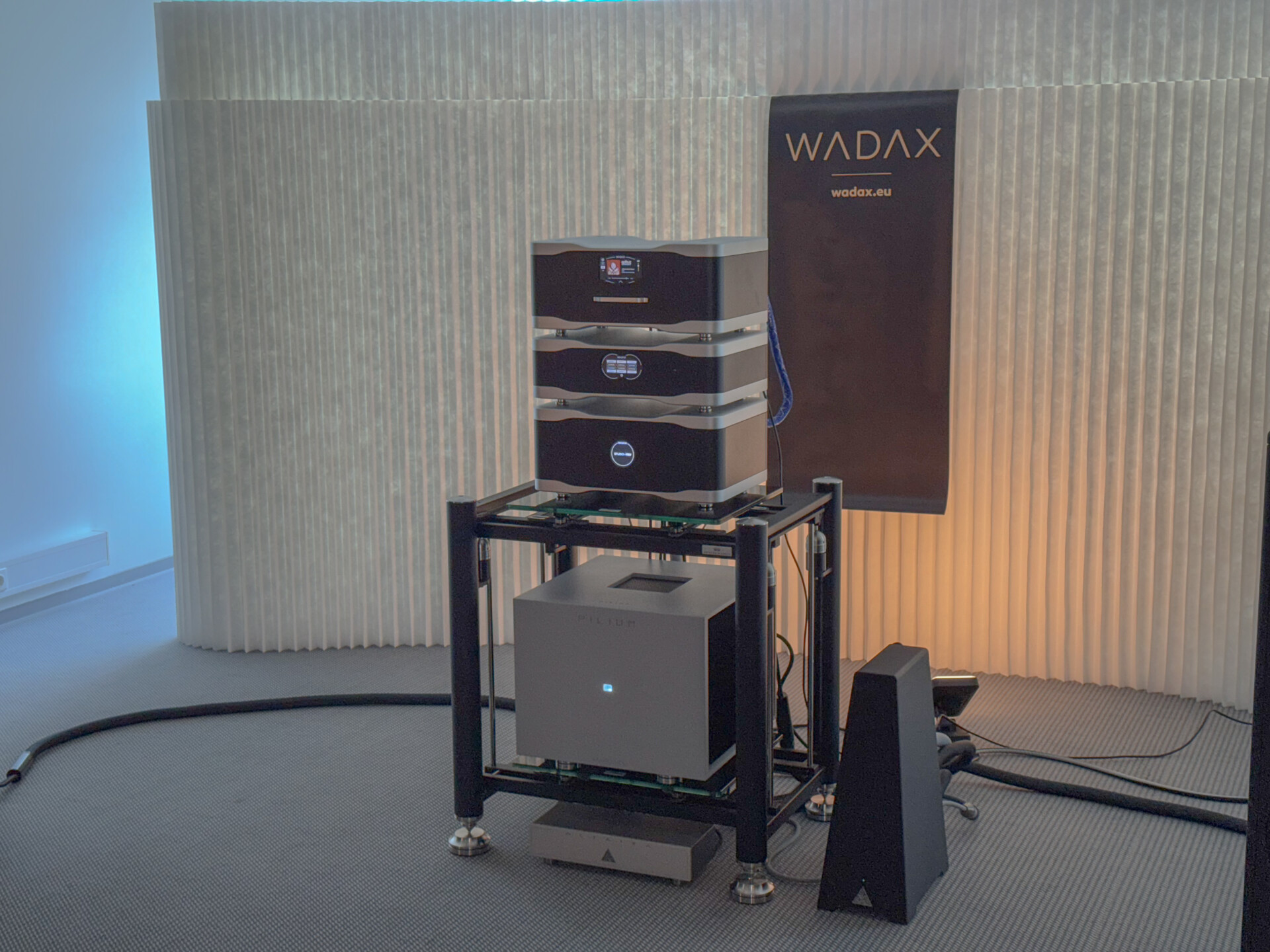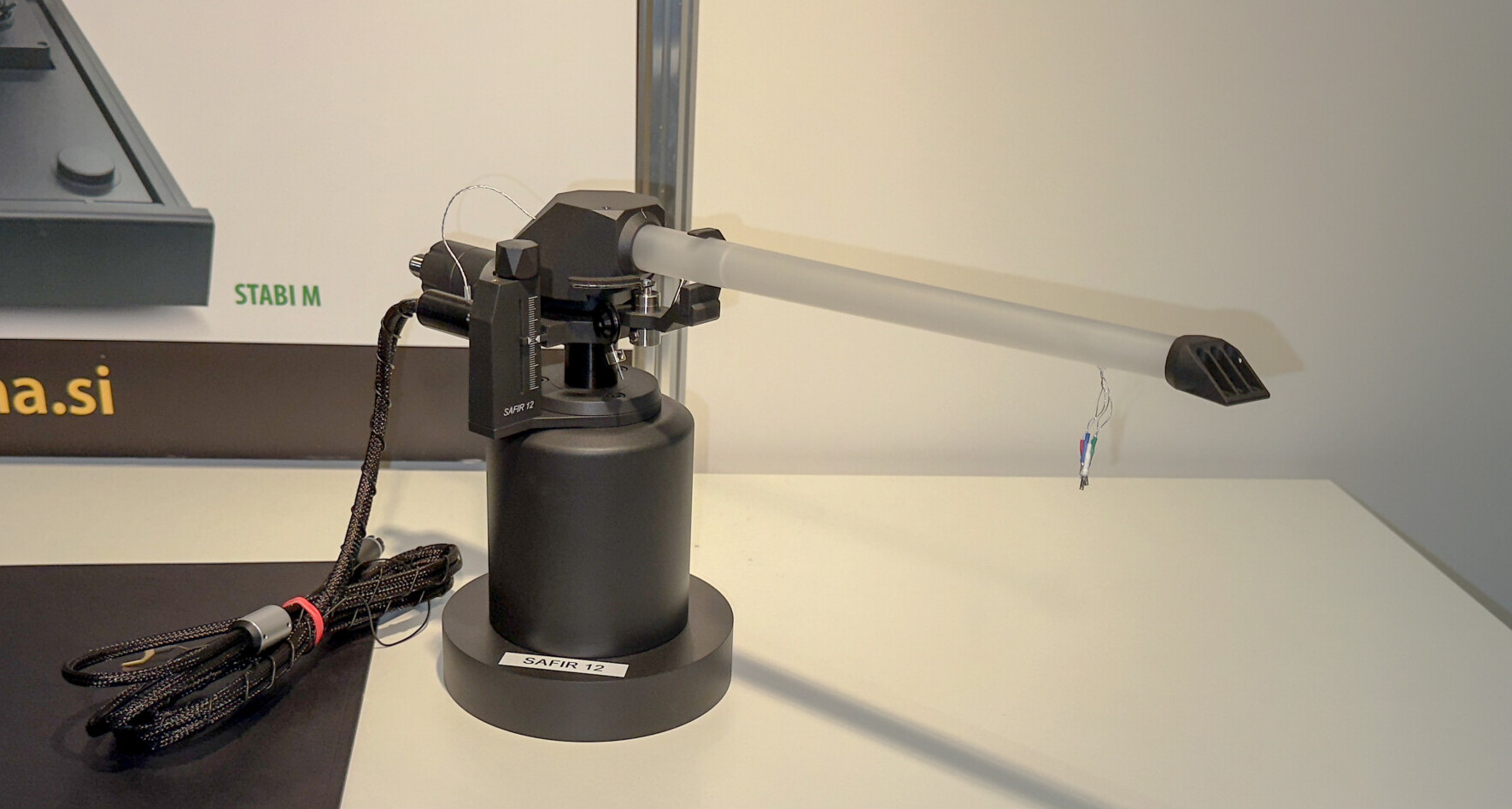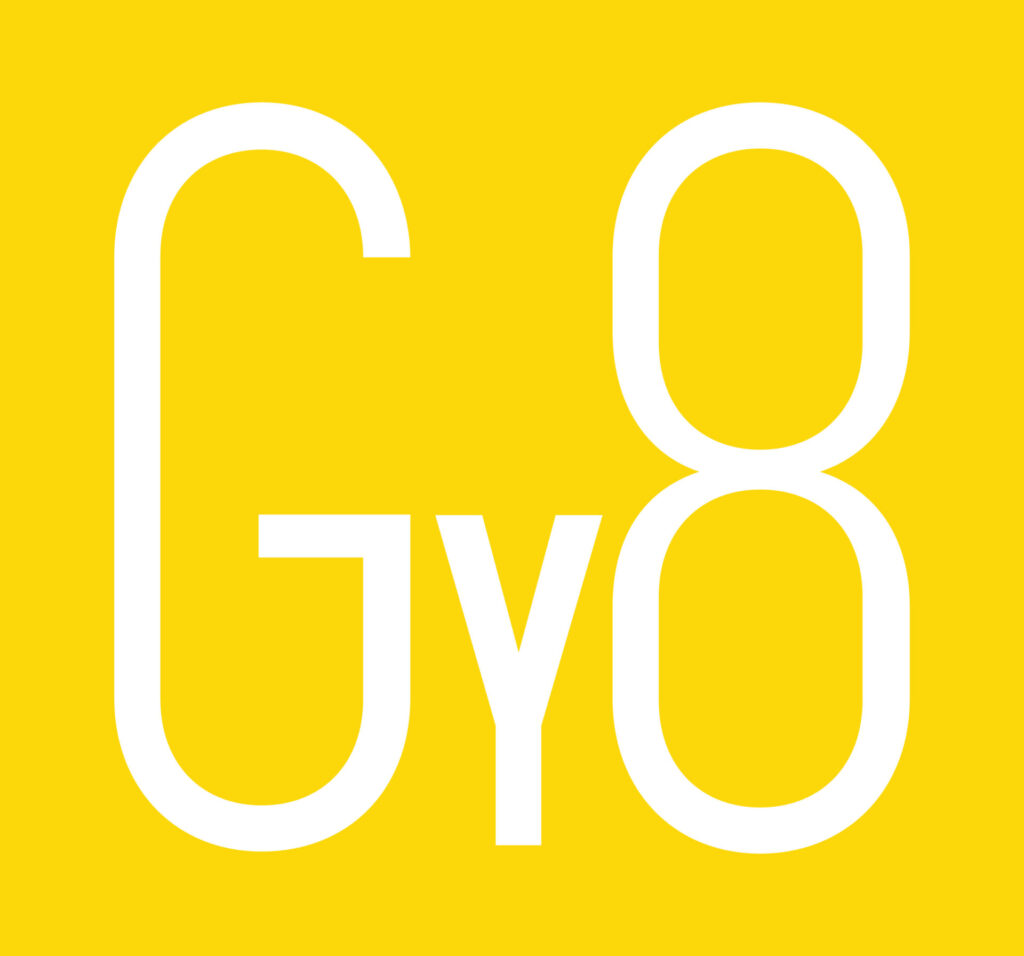The listening took place in the Wadax room, with the Studio Player driving a Plinius Achilles (?) amplifier and the latest Magico S5 speakers direct from its variable output. The results were impressive – even with the Studio Player in standalone mode. Using the Mitsuko Uchida/Rattle/BPO live SACD of the Beethoven 4th Piano Concerto – the brief Second Movement a perfect mix of the loud and the quiet – the system delivered superb orchestral and individual instrumental body and presence, with a really good sense of dynamic scaling and the space between the piano’s notes. But adding the PSU (and Studio DC cable) immediately lifted system performance to a whole new level, bringing increased depth and layering to the soundstage, adding individual instrumental colour and texture, better leading-edge definition and impact, more fluid phrasing in the piano part, increased bottom-end depth, weight and transparency. The drop in noise floor was instantly apparent in the increased sense of acoustic space and instrumental separation, the greater dimensionality and complexity in the piano sound. The overall presentation was markedly more natural, expressive and communicative – qualities that really stepped up once the Clock was added too…

With all three boxes connected, the playing took on greater authority, with more explicit pace and timing – the character of the venue’s acoustic, the arrival and structure of the orchestral interjections, the measured spacing and placement of Uchida’s notes. The shape and weighting of those individual notes, the accent and balance in the piano phrases, gained an almost preternatural poise and delicacy – without ever sounding tight or over-damped. Far from it. Instead, they gained a far more believable sense of human agency and input, a real sense of Uchida’s precise weight and pace as she touched each note to life. She sounded just like the great pianist that she is, delivering one of the great moments in her musical life.
Many people have asked how close the Studio Player gets to the reference rig. While it shares the same sense of organic musical shape and timing, pattern and intelligibility, the single-box Player can’t match the textural definition, bandwidth, transparency dimensionality and sheer, palpable presence and believability of the bigger, far more expensive separates. But adding the Clock and PSU to the Studio Player closes the gap considerably. But it raises the price tag considerably too. Based on this brief first acquaintance, I have no doubts about the musical contribution and value of the additional boxes. Just how close they now bring the Studio Line to Reference performance levels will have to wait until we get the extra boxes home – and add a proper line-stage into the mix! At that point I suspect that the Reference pieces might well have to look to their laurels. I see updates in their very near future…
At Long, Long Last: The Kuzma Safir 12

Kuzma’s flagship Safir 9 tonearm is a remarkable beast, with a linearity, musical clarity and rhythmic integrity that really sets it apart from the norm. It also has an astonishing effective mass (60g!) and lacks the on-the-fly VTA adjustment of the 4Point and 4Point14. Although Franc Kuzma has long claimed that the arm’s compatibility with cartridges is far wider than the effective mass suggests – and with cartridges like the Fuuga on hand, that far from disqualifies it anyway – that lack of easy record-by-record VTA adjustment does, at least as far as I’m concerned, rule it out. As attractive as the considerable musical strengths of the Safir 9 are, I can still extract better overall performance across several hours of listening, by dialing in the VTA on the 14” 4Point.

